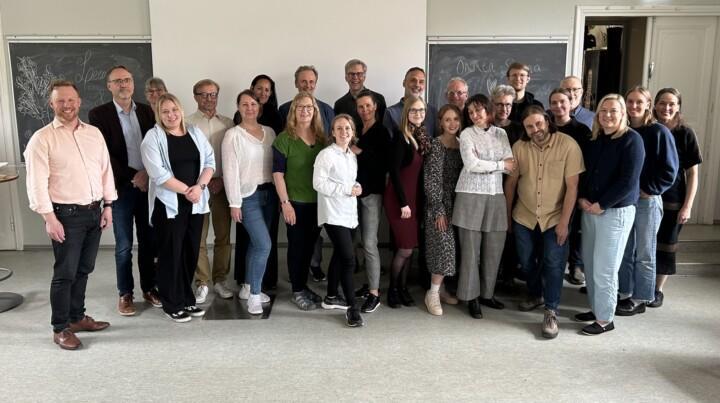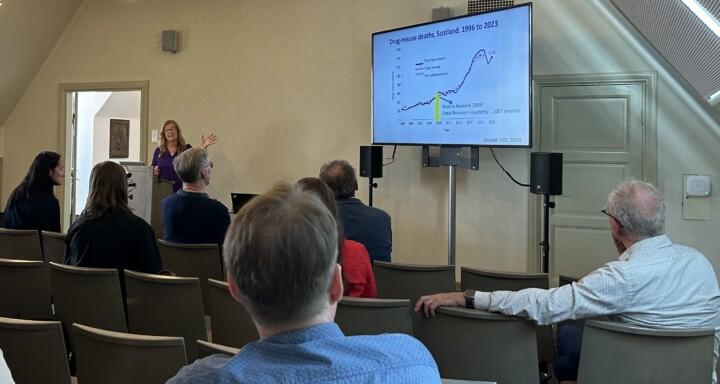“Be ambitious – be a major voice”, encouraged the international Scientific Advisory Board (SAB) of the Out of Despair project as it convened in Helsinki just before Midsummer.

“Be ambitious – be a major voice”, encouraged the international Scientific Advisory Board (SAB) of the Out of Despair project as it convened in Helsinki just before Midsummer.
A two-day intensive seminar brought together researchers from the consortium and members of the international advisory board to discuss the premature deaths of young people and the underlying structures and mechanisms behind them. The board’s message was clear: this project is unique, diverse, and has something important to say – also on the international stage.
The Scientific Advisory Board provides research support to the consortium from experts representing a range of disciplines and approaches across different countries. The chair of the SAB is Professor Kimmo Nuotio, Professor of Criminal Law at the University of Helsinki. Other members include:
• Professor Marieke Liem, Leiden University
• Professor Aileen O’Gorman, University of the West of Scotland
• Associate Professor Michael Shiner, London School of Economics
• Professor Stefan Timmermans, University of California
• Professor Merete Nordentoft, University of Copenhagen (was unable to attend)
Just prior to the seminar, it was confirmed that the work carried out during the first funding period of the project – which is part of the YOUNG programme – as well as the future plans, had been assessed as highly successful, and funding was secured through to the end of the programme in September 2028.
Social Autopsy at the Heart of Difficult Phenomena
The project examines the life trajectories of young people who have died from drug-related causes, violence, or suicide, from broad social and political perspectives. Its core approach is social autopsy. The seminar began with a keynote on the methodology of social autopsy by Stefan Timmermans, one of the leading scholars developing the approach.
He noted that the academic publication of otherwise invisible deaths and their underlying factors re-frames them and constitutes a form of societal influence. Social autopsy fosters societal change by challenging traditional understandings of causes of death.

Intensive Days, Deep Discussions
The seminar featured a total of 15 presentations, delving into issues such as structural factors behind youth violence and drug-related deaths, access to mental health services, the use of registry and qualitative data, online chat services as support tools for young people, communication challenges between home, school, and students, and young people’s own perspectives on hope and recovery. In addition to methodological topics, the international guests addressed drug-related deaths, theoretical frameworks linking drugs and violence, and aspects of police work.
The Scientific Advisory Board was impressed by the scale of the project, the richness of the data, and the genuine, close collaboration between work packages and researchers using different methodologies.
The seminar week coincided with a major air traffic strike, resulting in many extra hours of logistical coordination. Ultimately, all participants arrived in Finland on time. A word of encouragement to other consortia: even in times of excellent virtual communication, it can sometimes be worth the effort to bring key collaborators together in the same room – even from afar.
“It was an exceptionally rewarding opportunity to host leading international researchers in the field for two full days to discuss and provide feedback on our ongoing project,” concluded Consortium Leader Pekka Hakkarainen.
